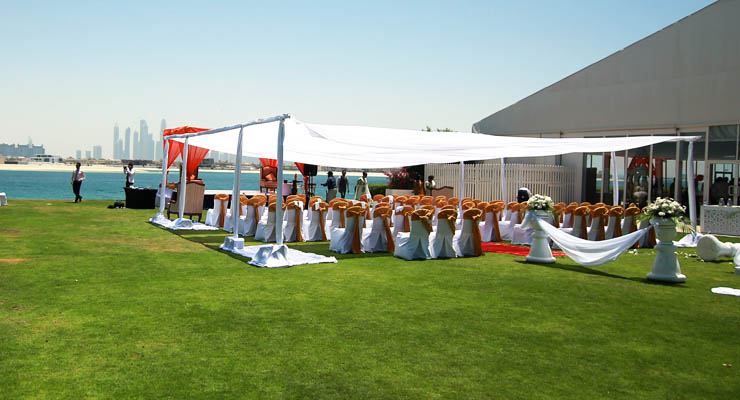Chavittu Nadakam is a folklore art practiced by Christians in some parts of Kerala state of south India.
Offshoot of theatre, this form of play was prevalent among the Christian community spanning from Kodungallur to Ambalappuzha. Training is provided to performers before staging the play. The master is known as Annavi. The whole play is performed through musicals.
The main characters sport broached dress, headdress and crowns. The soldiers sport hats fitted with quills. The bell and drum are two instruments used as back ground score. Most of the times the stories related to Christianity or Western history or Biblical stories are played.
 Chavittunatakam was introduced during the time of the Portuguese in Kerala in the16th century A.D. ‘Chavittu’ means the rhythmic steps which accompanies the recitation of lines in the drama.
Chavittunatakam was introduced during the time of the Portuguese in Kerala in the16th century A.D. ‘Chavittu’ means the rhythmic steps which accompanies the recitation of lines in the drama.
In the beginning this theatre was practiced by Latin Christians. This concept of the western opera type of theatre was inspired from the miracle plays of the west. The themes presented were also western. The texts were written in old Tamil. The acting techniques, stage structure and treatment of the plot were all western. The influence of Kathakali can be seen in the use of curtains and in certain elements of the costumes. The influence of Kalaripayattu is evident from the vivacious fighting scenes.
The characters used to sing their dialogues. Male actors does the roles of women.The adventurous themes selected for Chavittunatakam, like ‘Charlemangne’, ‘St. George’ etc gave immense opportunity to use the local martial art form, Kalaripayattu both for the fighting scenes and the total kinetic design. The participants of the play used to be very militant in their real life as they were sometimes used for fighting trespassers on private land. Kalaripayattu has immensely influenced the form. The forceful stamping of the foot by the actors is most dramatic and it effectively communicates the basic heroic mood in most of the themes. Being an opera, gestures are not used in Chavittunatakam to communicate ideas. The steps, the stamping and the locomotion of the body sharply coincide with the vocal singing and the accompanying rhythm on the instrument chenda creating a very vibrant dramatic effect.
The stage for the performance used to be a low platform of the strongest wood, about twenty yards long, eight yards broad and half a yard high. The performance was deemed a failure if, by the time the play ended, the platform had not been completely wrecked by the tremendous pounding of the actors feet.
The training in the art was given by the chief Guru known as ‘Annavi’ or ‘Asan’. He used to give basic martial training to the actors before introducing them to the text. The texts were preserved either in palm leaf or paper and they were known as ‘Chuvati’. The Annavi was well versed in Tamil which was the language in which the texts were written. The number of performers and troupes in this discipline has come down as the art was not getting adequate encouragement from the public. But recently there has been a revival of traditional art forms all over, including this dance drama.
Training centers in kerala
KRIPASANAM PAVARNIKA RANGA KALAPEEDOM
Near Block Junction Kalavoor P.O.
Alappuzha 688022
Phone : ++91-477-2252230
Contact Person Fr. V . P. Joseph
Area of Training Performing Arts Training
Course Name Chavittunadakam
Academic month for Admission June
Duration of the Course 6 years
No. of Seats 12
About the Institution
The centre for folk arts offers course in Chavittunadakam. The centre is managed by a Trust. Established in 1989, the centre is affiliated with the Kerala Sangeetha Nataka Academy.




